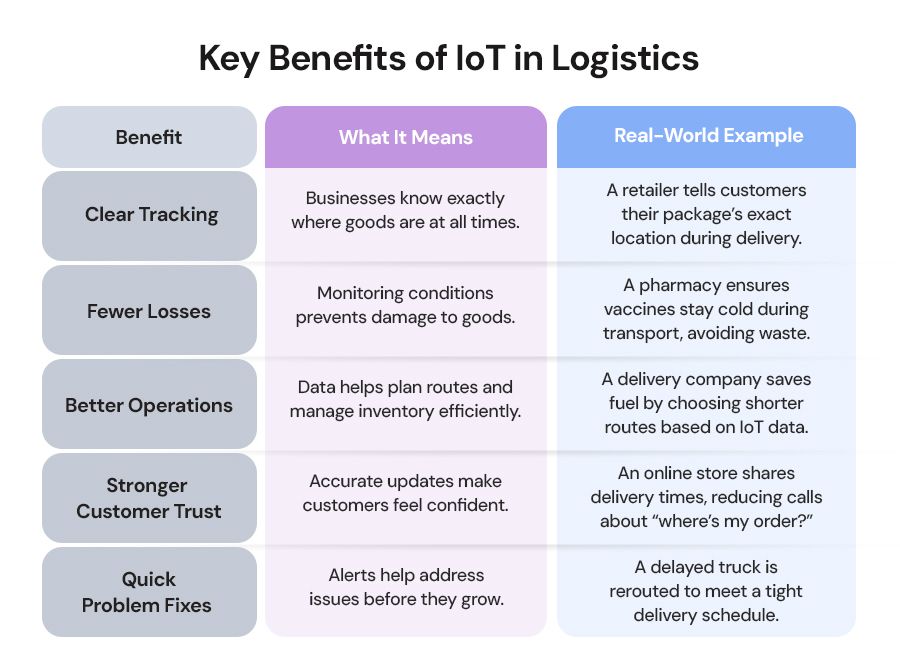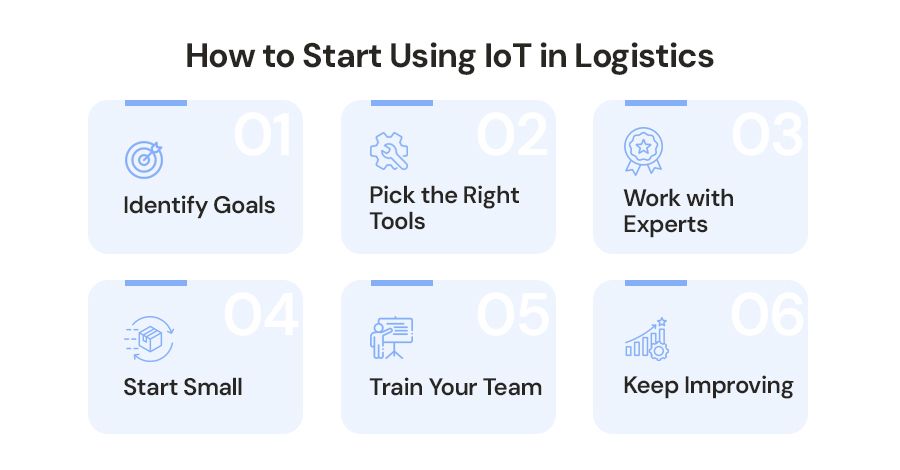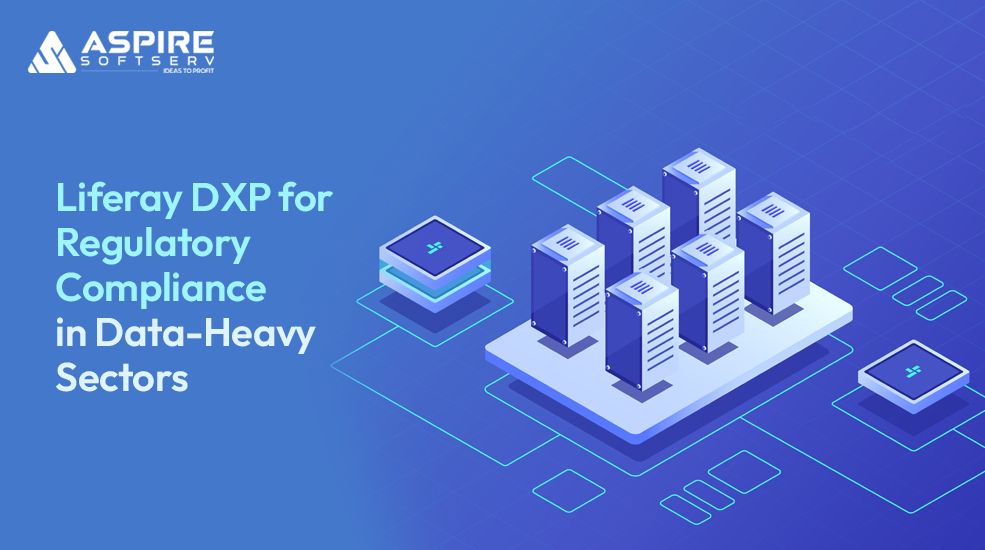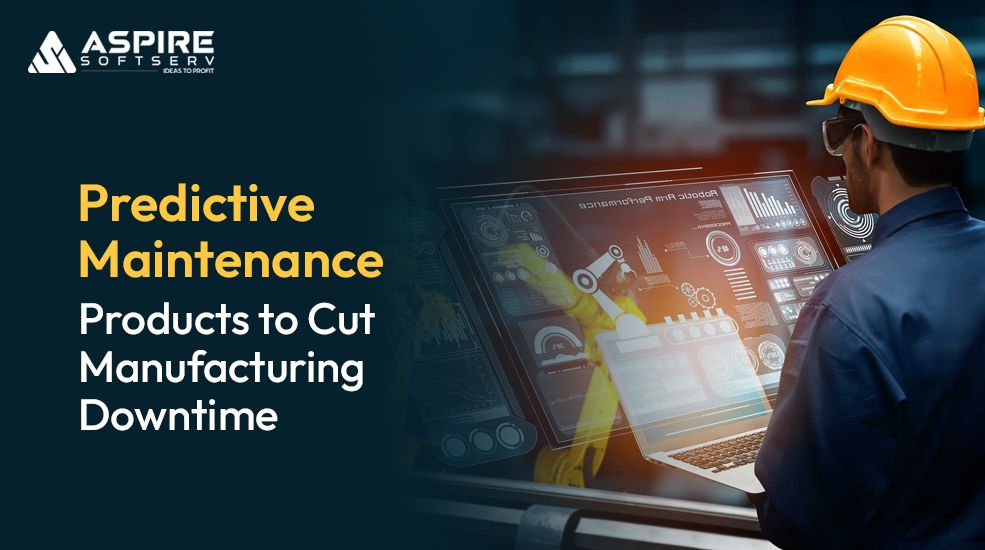Businesses today face a tough challenge: delivering goods quickly while keeping customers in the loop. A single delay or lost package can upset customers and hurt a company’s reputation. IoT-driven logistics tracking solves this by offering real-time updates on shipments, helping companies stay on top of their supply chain. This technology uses smart devices to track goods from warehouse to doorstep, ensuring everything runs smoothly.
The Internet of Things (IoT) is changing how businesses manage logistics. By working with product development services, companies can create systems that use sensors and trackers to monitor shipments in real time. This blog explains how IoT-driven logistics tracking works, its benefits, challenges, and why it’s a must for modern supply chains. We’ll break it down in simple terms to show how this technology can make a difference.
Understanding IoT in Logistics
IoT-driven logistics tracking uses connected devices to keep tabs on goods as they move through the supply chain. These devices, like GPS trackers or temperature sensors, collect data on things like location, temperature, or package condition. This information is sent to a central system where businesses can see what’s happening and make decisions based on it. For example, a company can know exactly where a delivery truck is or if a shipment of fresh produce is staying cool enough.
A software product development company can build platforms that pull all this data together into one place, making it easy for businesses to monitor everything. The goal is to create a clear picture of the supply chain, so there’s no guesswork about where goods are or what condition they’re in. This is especially helpful for industries like retail, food, or pharmaceuticals, where timing and quality matter.
Why IoT is a Game-Changer for Supply Chains
Supply chains involve many moving parts—factories, warehouses, trucks, and delivery vans. Without proper tracking, things can go wrong, like delayed shipments or damaged goods. IoT fixes this by providing constant updates and insights. Here’s why it matters:
Clear Visibility: Businesses can see where their goods are at any moment, reducing uncertainty.
Smarter Choices: Real-time data helps companies plan better routes or manage inventory more effectively.
Happier Customers: Sharing delivery updates with customers builds trust and keeps them satisfied.
Lower Costs: By avoiding delays or spoiled goods, companies save money.
IoT helps businesses stay organized and responsive, no matter the size of their operations. It’s a practical way to improve efficiency and keep customers happy.
How IoT Tracking Works in Logistics
IoT logistics tracking combines hardware, software, and internet connectivity. Here’s how it comes together:
Devices and Sensors: Small devices like GPS trackers, RFID tags, or sensors for temperature and humidity are placed on goods or vehicles. These collect data as shipments move.
Data Sharing: The devices send their data to a central system using wireless networks like 4G, 5G, or Wi-Fi. This happens in real time, so the information is always current.
Central Dashboard: A software platform gathers the data and displays it in a user-friendly way, like a map or chart. Businesses can check this dashboard on a computer or phone.
Taking Action: The system can flag problems, like a truck stuck in traffic or a package getting too warm. This lets businesses fix issues before they become bigger problems.
For instance, a company shipping frozen food can use IoT sensors to check the temperature inside a truck. If it gets too warm, the system sends an alert, so the driver can act fast to save the shipment.
Key Benefits of IoT in Logistics
IoT brings practical advantages to supply chain management. Here’s a table summarizing the main benefits:

These benefits show why IoT is worth considering. Companies can work with product development services to build systems that fit their specific needs, making it easier to adopt IoT effectively.
Challenges to Watch Out For
IoT has a lot to offer, but it’s not without hurdles. Here are some common challenges and how to handle them:
Cost of Setup: Buying devices and setting up software can be expensive, especially for smaller businesses. Starting small, like with a single route, can help manage costs.
Data Safety: Connected devices can be targets for hackers. Using strong security measures, like encryption, keeps data safe.
System Integration: Linking IoT with existing tools can be complex. A software product development company can create solutions that work smoothly with current systems.
Managing Devices: Keeping track of many devices, like ensuring they’re charged or updated, takes effort. Automated systems can help simplify this.
Too Much Data: IoT generates a lot of information, which can be overwhelming. Smart software can filter and highlight what’s most important.
By planning ahead and working with experienced partners, businesses can overcome these challenges and make IoT work for them.
Real-Life Uses of IoT in Logistics
IoT is already making a difference in many industries. Here are some examples:
E-Commerce: Online stores use IoT to track packages from warehouses to customers. For example, a retailer might use GPS trackers to give customers real-time delivery updates.
Healthcare: Companies shipping medicines use IoT to monitor temperature and humidity, ensuring drugs like insulin stay safe during transport.
Food Industry: IoT sensors help track the freshness of perishable items like meat or vegetables, alerting companies if conditions aren’t right.
Manufacturing: Factories use IoT to monitor raw materials, ensuring they arrive on time to keep production on schedule.
These examples show how IoT solves real problems, from improving delivery times to protecting sensitive goods.
How to Start Using IoT in Logistics
Getting started with IoT doesn’t have to be overwhelming. Here’s a simple plan:

Identify Goals: Figure out what you want IoT to do, like reducing delivery delays or tracking product conditions.
Pick the Right Tools: Choose devices like GPS trackers or sensors based on your needs.
Work with Experts: A software product development company can build a platform that pulls IoT data into one place, tailored to your business.
Start Small: Test IoT on one part of your supply chain, like a single delivery route, to see how it works.
Train Your Team: Make sure employees know how to use the system and understand the data.
Keep Improving: Check how the system is performing and make updates as needed.
This approach helps businesses ease into IoT and see results without taking on too much at once.
What’s Next for IoT in Logistics
IoT is still evolving, and new advancements are making it even more useful. For example, 5G networks will make data sharing faster and more reliable, even in remote areas. Artificial intelligence (AI) will also help by analyzing IoT data to predict problems or suggest better routes automatically.
Another trend is combining IoT with blockchain, which creates a secure, unchangeable record of a product’s journey. This is great for industries like food or pharmaceuticals, where trust is critical. Plus, IoT-powered drones and self-driving delivery vehicles are starting to make last-mile delivery quicker and cheaper.
Businesses that adopt IoT now will be ready for these changes and stay ahead of the competition. Working with product development services can help companies build systems that are ready for the future.
Clearing Up Myths About IoT
Some businesses shy away from IoT because of misunderstandings. Here’s the truth behind common myths:
“IoT is only for big companies”: Small businesses can use IoT too, with affordable devices and cloud-based tools.
“It’s too hard to set up”: With the right partner, like a software product development company, IoT can be simple to implement.
“IoT isn’t safe”: Modern systems use strong security to protect data, making IoT a reliable choice.
Understanding these facts helps businesses see IoT as a practical tool, not something out of reach.
Conclusion
IoT-driven logistics tracking is changing the way businesses manage their supply chains. By providing real-time updates, it helps companies stay organized, cut costs, and keep customers happy. While there are challenges like setup costs or data security, working with product development services can make the process smooth and effective.
As IoT technology grows, it will bring even more opportunities to improve logistics. Businesses that start using it now will be in a strong position to meet customer demands and stay competitive. With the right tools and partners IoT can help any company take control of its supply chain and deliver better results.
Track Smarter with IoT-Powered Logistics


